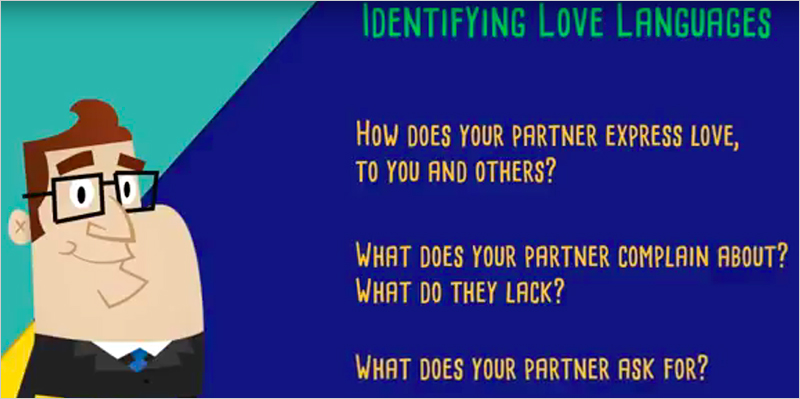If you're having communication issues with your partner, it might just be that you're not speaking the same 'love language'. Arlo Laibowitz explains exactly what the five Love Languages are and how you can use them to help your relationship.
What are the five Love Languages?
The premise behind the five Love Languages is that people express love, and feel loved, in different ways. Most people have one clear primary and one clear secondary love language. Chapman argues that people feel loved when their partner express love in the language that is natural to the recipient.
One could argue that their partner’s love language doesn’t come naturally to them, so they are unable to give their partner what they need. Chapman’s view is clear: find a way. If you don't speak your partner's love language, your message of love will not be heard.
The five love languages are:
- Words of Affirmation
- Quality Time
- Receiving Gifts
- Acts of Service
-
Physical Touch
How do we apply them in our relationships?
Words of affirmation are:
- Verbal compliments and appreciation.
- Words of comfort and encouragement.
-
And words that inspire kindness, humility, and generosity.
- Focused attention.
- Quality conversation.
- And quality activities.
Receiving/giving gifts implies that the gifts are:
- meaningful
- useful
- relevant
-
and appropriate for different occasions.
-
the smaller and bigger chores that we can do to make our partner’s lives easier or more comfortable.
- embrace
- hugs
- and kisses.
How to identify the love languages?
Chapman proposes that we can identify our partner’s love languages out of the five, and also our own, by:
- Looking at how your partner most often expresses love to you and others.
- Being mindful of what your partner complains about most often; what do they lack in your relationship?
-
Being attentive to what your partner asks for most often.
happiness.com | The fine art of being: learn, practise, share
Are you a happiness.com member yet? Sign up for free now to:
■ enjoy our happiness magazine with practical life tips
■ share and support others in our happiness forum
■ learn with free online classes in our happiness Academy
Written by Arlo Laibowitz
 Arlo is a filmmaker, artist, lecturer, and intermittent practitioner of metta meditation and morning yoga. When not dreaming about impossible projects and making them happen in the most impractical ways possible, he journals, listens to jazz, or cuddles with his better half.
Arlo is a filmmaker, artist, lecturer, and intermittent practitioner of metta meditation and morning yoga. When not dreaming about impossible projects and making them happen in the most impractical ways possible, he journals, listens to jazz, or cuddles with his better half.







Join the conversation
You are posting as a guest. If you have an account, sign in now to post with your account.